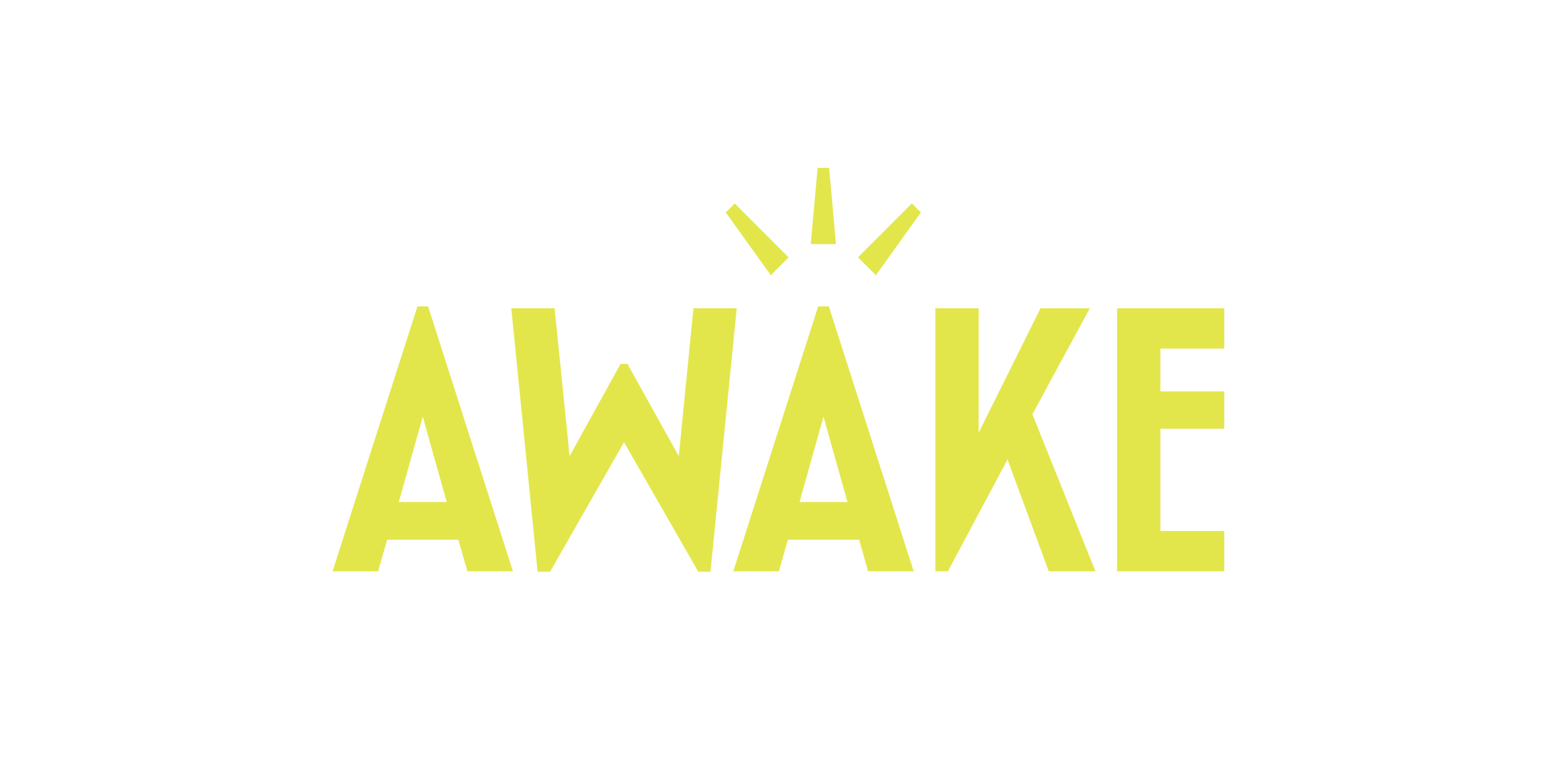PRO TIPS
From Concept to Launch
Feb 9, 2025

Building a website isn’t just about putting a few pages online—it’s about crafting a digital experience that reflects your brand, engages users, and drives results. Whether you’re launching a new business or revamping an existing site, understanding the web design process is essential for success. Here’s a step-by-step breakdown of how a website goes from concept to launch.
1. Discovery & Planning
Every successful website starts with a solid plan. This phase involves:
Defining Goals – What do you want your website to achieve? Lead generation, sales, brand awareness?
Identifying Target Audience – Understanding user needs helps create a website that resonates with visitors.
Competitive Research – Analyzing competitors to find opportunities for differentiation.
Sitemap & Wireframing – Creating a structural layout to define pages, navigation, and user flow.
A well-planned foundation ensures a smooth design and development process.
2. UI/UX Design
The next step is translating ideas into a visual concept. This includes:
User Experience (UX) Design – Optimizing site navigation and layout for an intuitive user journey.
User Interface (UI) Design – Creating an attractive and functional design that aligns with your brand.
Prototyping – Developing interactive mockups to visualize how the website will function.
Feedback & Revisions – Refining the design based on stakeholder and user feedback.
A well-designed website ensures visitors stay engaged and take action.
3. Development
Once the design is approved, it’s time to build the site. This involves:
Front-End Development – Coding the visual aspects using HTML, CSS, JavaScript.
Back-End Development – Setting up databases, CMS (WordPress, Shopify, etc.), and server functionality.
Responsive Design – Ensuring the site adapts to different screen sizes and devices.
Security & Performance Optimization – Implementing SSL, caching, and speed enhancements.
A well-developed website should be fast, secure, and scalable.
4. Content Creation
Content is key to engaging users and boosting SEO. This step includes:
Copywriting – Crafting compelling headlines, product descriptions, and blog content.
SEO Optimization – Using keywords, meta descriptions, and proper structure for search rankings.
Imagery & Multimedia – Adding high-quality images, videos, and animations to enhance storytelling.
Calls to Action (CTAs) – Encouraging users to take desired actions like signing up or making a purchase.
Quality content ensures your website is both informative and persuasive.
5. Testing & Quality Assurance
Before launch, rigorous testing is essential to ensure a seamless experience. This involves:
Cross-Browser & Device Testing – Checking compatibility across various browsers and screen sizes.
Functionality Testing – Ensuring all forms, links, and interactive elements work correctly.
Speed & Performance Testing – Optimizing load times for a smooth user experience.
Security Testing – Protecting user data with encryption and security best practices.
A thorough testing phase prevents issues that could hurt user experience or site performance.
6. Launch & Deployment
Once testing is complete, it’s time to go live! This process includes:
Final Approval – Getting stakeholder confirmation before launch.
Domain & Hosting Setup – Configuring the website on a reliable hosting provider.
Migration & Deployment – Transferring files, databases, and setting up DNS records.
Post-Launch Monitoring – Tracking performance, fixing any bugs, and making optimizations.
A successful launch is just the beginning of your website’s journey.
7. Ongoing Maintenance & Growth
Websites require regular updates to stay functional and competitive. Post-launch tasks include:
Software & Plugin Updates – Keeping the site secure and running smoothly.
Performance Monitoring – Analyzing site traffic and user behavior for improvements.
SEO & Content Updates – Adding new blog posts, refreshing old content, and optimizing for search engines.
Security Checks – Protecting against threats and vulnerabilities.
Continuous improvements ensure your website stays relevant and effective over time.
Conclusion
Creating a website is a multi-step process that requires strategic planning, thoughtful design, and technical expertise. From defining goals to launching and maintaining the site, each phase plays a crucial role in delivering a high-quality digital experience.
Looking to build or revamp your website? Awake Web Studio specializes in web design, development, and digital strategy to bring your vision to life. Let’s create something amazing together!
